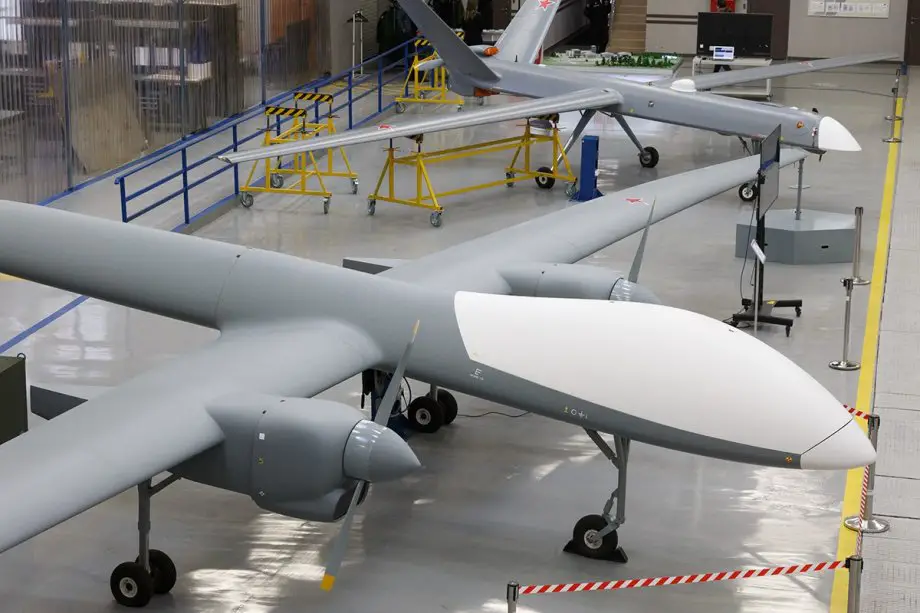Breaking news
Russian Naval Aviation set to receive new unmanned aerial vehicles.
According to information published by RG on January 10, 2024, the Russian Naval Aviation is set to be reinforced with strike drones, as part of its expanding unmanned aerial capabilities.
Follow Navy Recognition on Google News at this link
 Unmanned Aerial Vehicle Inokhodets. (Picture source: Shnyagi)
Unmanned Aerial Vehicle Inokhodets. (Picture source: Shnyagi)
Admiral Nikolai Yevmenov, the Commander-in-Chief of the Russian Navy, highlighted the special focus on drone development within the Navy's current strategic framework.
Okhotnik
The Sukhoi S-70 Okhotnik-B, or 'Hunter-B', is a cutting-edge unmanned combat aerial vehicle (UCAV) developed jointly by Sukhoi and Russian Aircraft Corporation MiG. This sixth-generation aircraft project incorporates design elements from the Mikoyan Skat and leverages technologies from the fifth-generation Sukhoi Su-57 fighter jet.
The Okhotnik-B is designed with a flying-wing scheme, featuring composite materials and stealth coatings to reduce detectability. It boasts a substantial 20-ton weight and a wingspan of approximately 65 feet (20 meters).
Powered by either a single AL-31F turbofan or the advanced AL-41F derivative, the Okhotnik-B can reach speeds up to 1,000 km/h with its payload carried internally. Notably, this drone is intended to function as a 'loyal wingman' to the Su-57 jets, similar to the USAF's Skyborg programme. Despite its prototype having a conventional exhaust nozzle, future upgrades are expected to enhance its stealth capabilities.
Inokhodets
The Inokhodets-RU, or Sirius, represents an upgraded variant of the Orion drone, distinguished by its twin-engine design. This medium-altitude long-endurance (MALE) attack UAV has impressive specifications: a wingspan of 30 meters, a length of 9 meters, a height of 3.3 meters, and a maximum combat load of 450kg.
It can cruise at a speed of 295 km/h, reach a maximum altitude of 12,000 meters, and has an endurance of 40 hours. Unveiled as a full-size mock-up at the MAKS-2019 International Aviation and Space Exposition, the Sirius is a 5-tonne drone that has undergone joint tests with piloted aircraft as of August 2022. Its first flight occurred in 2023, marking a significant milestone in the advancement of Russian UAV capabilities.























